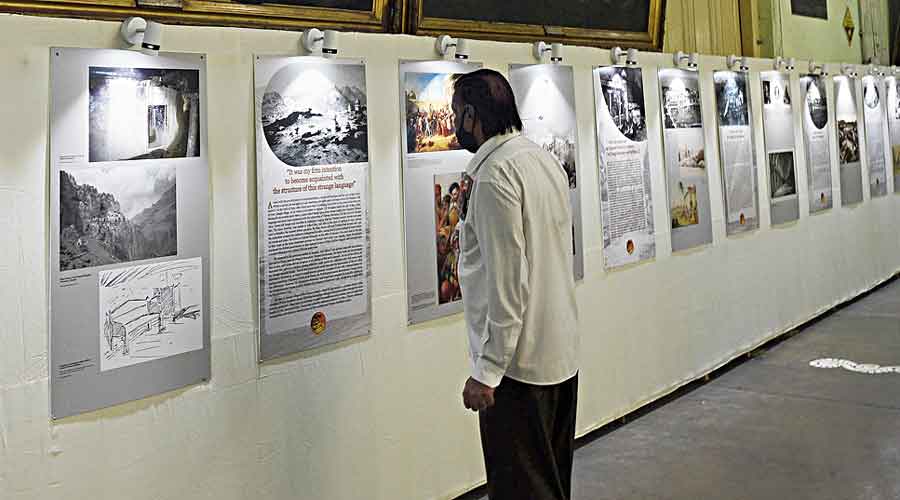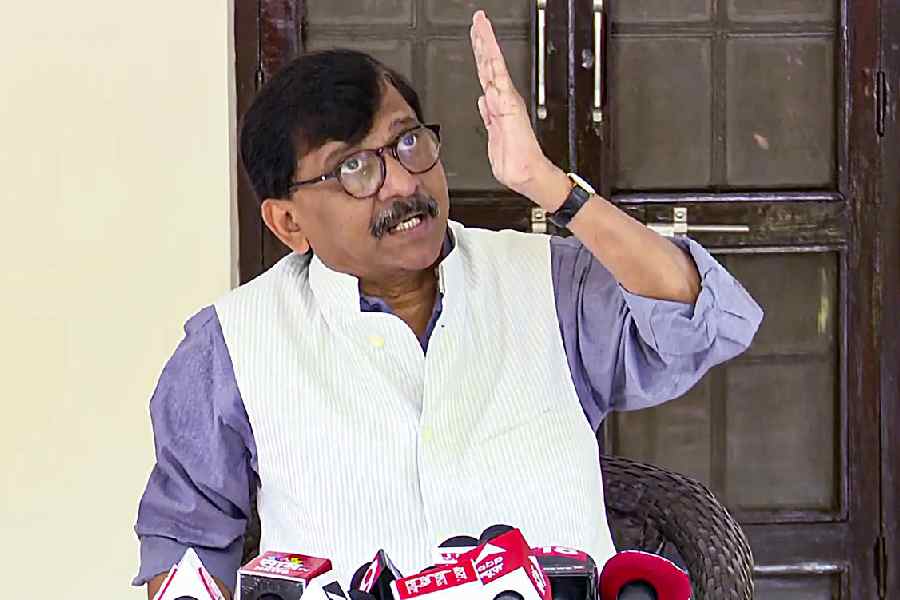'Master Maqbool', a solo show of MF Husain's some 25 artworks here, exhibits why the painter remains unarguably one of the most important figures in 20th century modern art.
The exhibition at DAG 1, The Taj Mahal Palace has on show a selection of paintings that reflect the diversity of his interests and talent.
It includes works from the earliest phases of Husain's career to the more recent in a range of mediums covering the encaustic, his canvases as well as his watercolours.
The show also includes his "wooden toys" created as part of children's nursery furniture.
"As eclectic as this selection is, it allows the viewer to grasp the triumph of the artist's genius that blazed across the Indian art firmament for the artist to claim: 'When I begin to paint, hold the sky in your hands as the stretch of my canvas is unknown to me'," Kishore Singh, senior vice president at DAG and curatorial director of the show said in a note.
One of the most popular and recognisable faces of Indian modernism, Husain started out as a painter of billboards in the erstwhile Bombay and later went on to become a member of the Progressive Artists' Group in 1947.
He received the first national award instituted by the Lalit Kala Akademi in 1955, and went on to become India's most celebrated artist.
In a practice that spanned over seventy years, Husain was "playful, experimental, provocative, controversial but never mediocre".
While he began his career with a range of subaltern subjects, he was popularly recognised for his paintings of horses and depictions of the Ramayana and Mahabharata to mythology and history.
The exhibition features his works from as early as 1956 to 2000.
"Husain's legacy as a modernist is unrivalled in his ability to bring to us a view of India that offered a perspective that was linked politically, socially and culturally with the past and present. He truly was a colossus who strode through the twentieth century world of Indian art to ensure its reach around the world.
"His understanding of history, mythology and the rich pluralistic traditions of the land created one of the greatest legacies as his contribution to Indian modernism. His work impacted our understanding of India at a level that was simultaneously visceral and visual," Singh told PTI.
The exhibition will come to a close on February 20.











